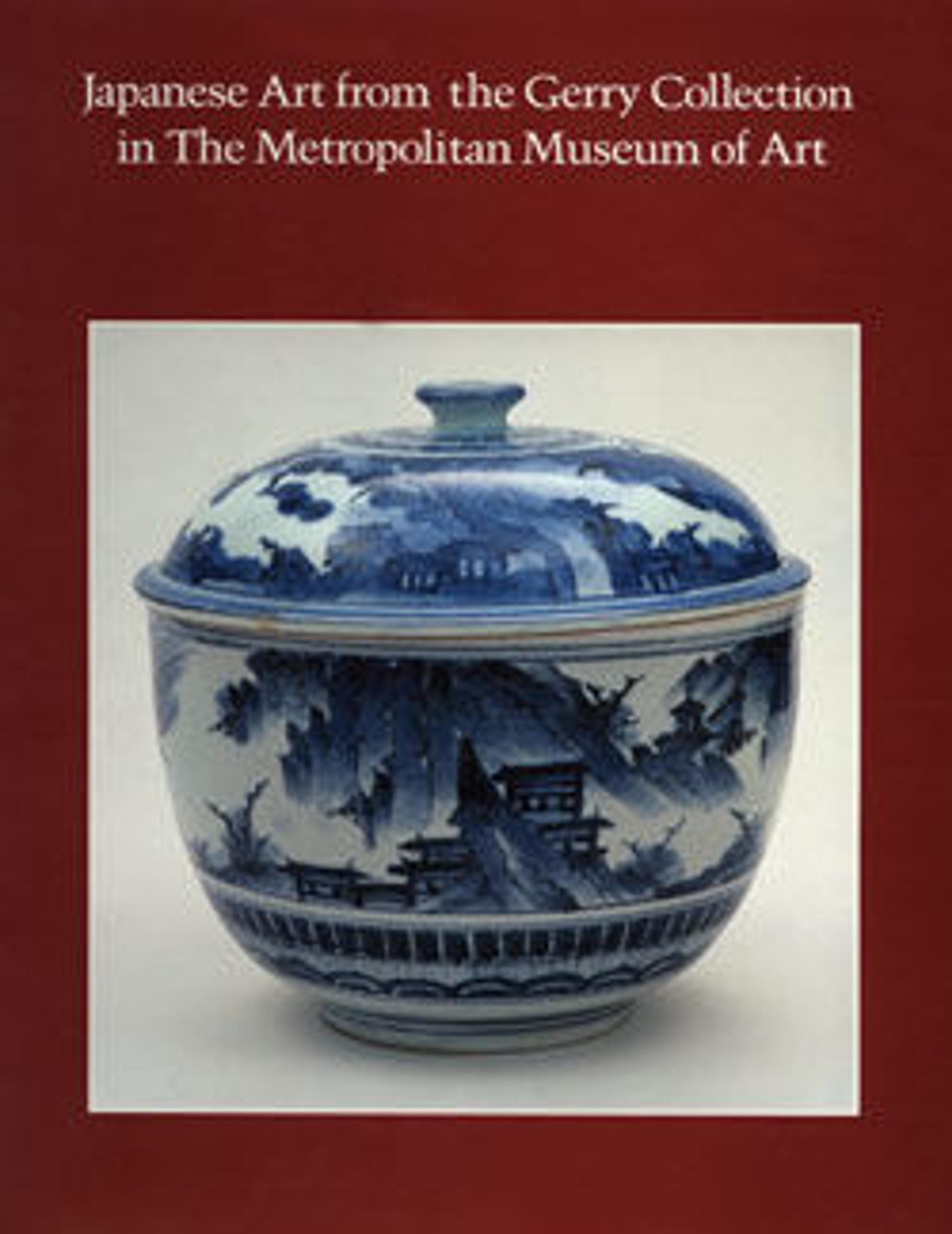Great Wisdom Sutra (Daihannya-kyō), one of the Chūsonji Sutras (Chūsonji-kyō)
This chapter from the Great Wisdom Sutra is one of more than five thousand scrolls of Buddhist scripture that were dedicated in 1176 to the northern Japanese temple Chūsonji by the nobleman Fujiwara no Hidehira for the salvation of his father, Motohira. Collectively, they are referred to as the Chūsonji Sutras. Despite its execution in a provincial setting, the calligraphy is as high quality as that seen in works produced for wealthy temples in the capital, Kyoto.
The frontispiece illustrates the Buddha’s first sermon, at the Deer Park near Sarnarth, India. He is seated on a lotus platform, as are the two bodhisattvas who flank him. Gathered around are five ascetics dressed in simple robes, who would become the Buddha’s disciples. Several deer set the scene.
The frontispiece illustrates the Buddha’s first sermon, at the Deer Park near Sarnarth, India. He is seated on a lotus platform, as are the two bodhisattvas who flank him. Gathered around are five ascetics dressed in simple robes, who would become the Buddha’s disciples. Several deer set the scene.
Artwork Details
- 大般若経(中尊寺経)
- Title: Great Wisdom Sutra (Daihannya-kyō), one of the Chūsonji Sutras (Chūsonji-kyō)
- Period: Heian period (794–1185)
- Date: ca. 1175
- Culture: Japan
- Medium: Handscroll; gold and silver on indigo-dyed paper
- Dimensions: 10 x 7 1/8 in. (25.4 x 18.1 cm)
- Classification: Paintings
- Credit Line: Dr. and Mrs. Roger G. Gerry Collection, Bequest of Dr. and Mrs. Roger G. Gerry, 2000
- Object Number: 2002.447.1
- Curatorial Department: Asian Art
More Artwork
Research Resources
The Met provides unparalleled resources for research and welcomes an international community of students and scholars. The Met's Open Access API is where creators and researchers can connect to the The Met collection. Open Access data and public domain images are available for unrestricted commercial and noncommercial use without permission or fee.
To request images under copyright and other restrictions, please use this Image Request form.
Feedback
We continue to research and examine historical and cultural context for objects in The Met collection. If you have comments or questions about this object record, please complete and submit this form. The Museum looks forward to receiving your comments.
